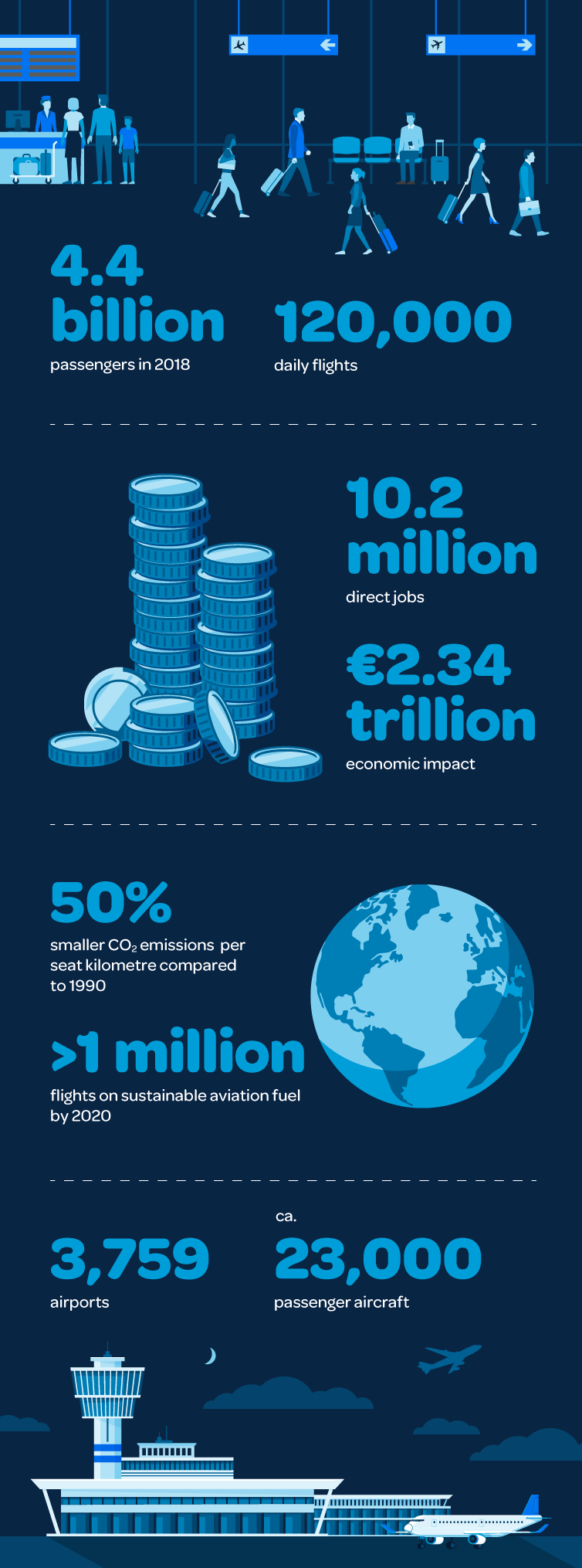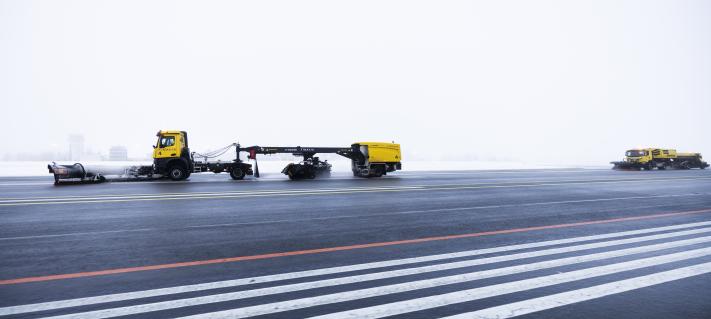1. Worldwide annual air passenger numbers have doubled every 15 years since the late 1970s. During the current decade, worldwide annual air passenger numbers have passed both the three- and four-billion mark (total number; not the number of individuals who flew). The International Air Transport Association (IATA) forecasts that current numbers will not quite double by the mid-2030s, but there will be around eight billion annual air passengers by then.
2. Aviation is growing the most in the Far East. That is where the busiest international airline route in the world, Kuala Lumpur–Singapore, is also found. In ten years, roughly 30 percent of the world’s revenue passenger kilometres will be flown in the Asia-Pacific region. Finavia is reasserting Helsinki Airport’s position as a hub between Europe and Asia. The needs of Asian passengers have been considered in many ways at the airport, and there are 22 direct flights to Asian destinations at the moment.
3. The number of flights and aircraft does not grow at the same rate as passenger numbers. The growing demand for flights will be met with larger passenger aircraft as well. The structure and building materials of future airplanes will be more efficient than the ones in use now. New smart solutions will be utilised in navigation and in the optimisation of energy usage, for example.
4. Globally, 10.2 million people work in the aviation industry. If tourism-related jobs and other jobs supported by aviation are counted, this number rises to over 65 million. Aviation provides the fast transportation of the workforce to where staff and skills are needed. In comparison, 1,500 companies with over 20,000 employees operate in Finnish airports.
5. Airports around the world have set specific environmental goals for their operations. The common global objective of the industry is to halve aviation CO2 emissions by 2050, despite the growth of the field. All of Finavia’s airports became carbon neutral in 2019. Helsinki Airport received the international ACA (Airport Carbon Accreditation) certificate in 2017.
Sources: Aviation benefits, ICAO, IATA, ATAG




